SUMMARY
This is AI generated summarization, which may have errors. For context, always refer to the full article.
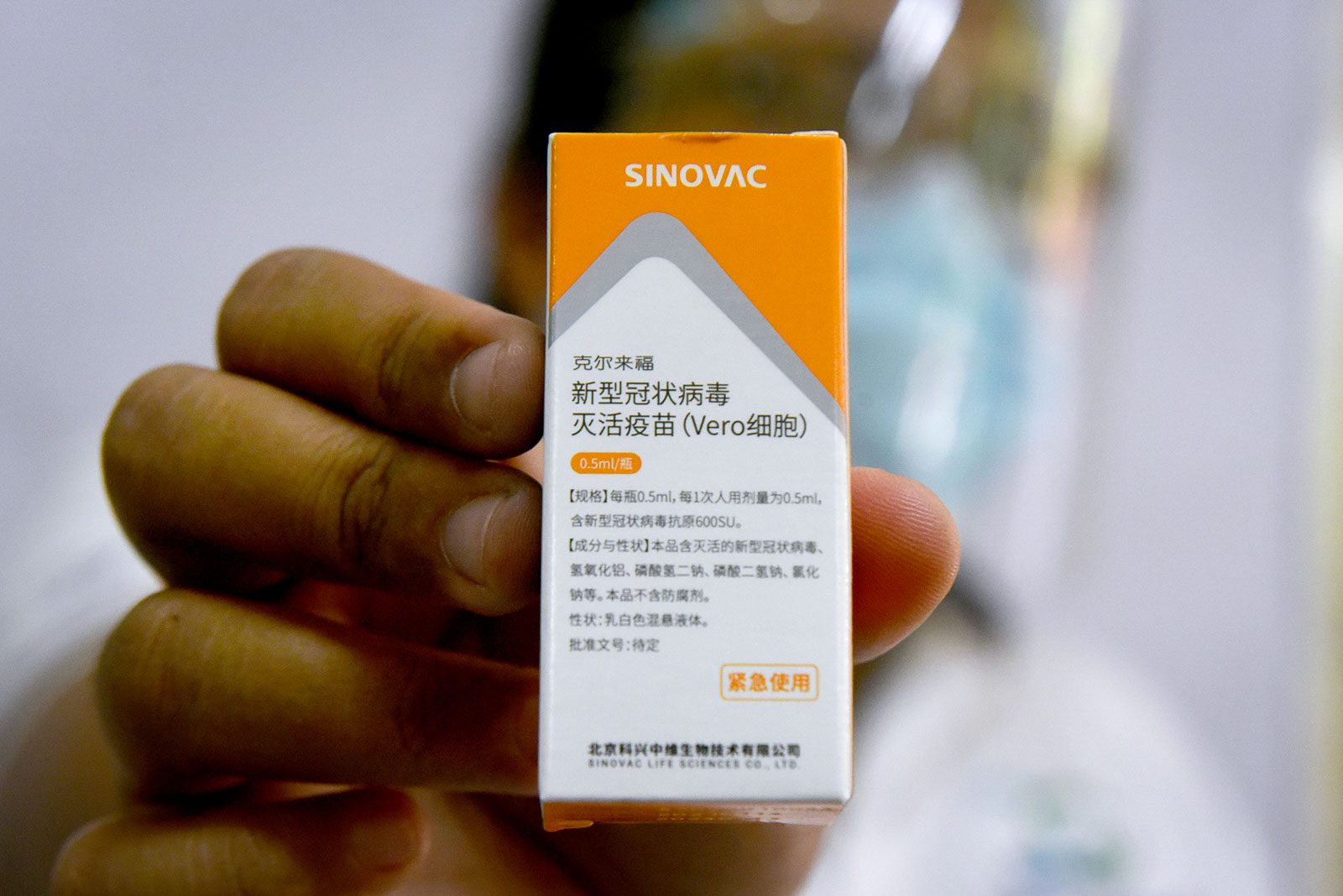
Following delays in vaccine shipments and the continued surged in coronavirus infections, the Philippines became the latest country to consider using China’s Sinovac vaccine on the elderly.
The Food and Drug Administration (FDA) had announced it approved recommendations to expand the use of the vaccine on senior citizens or individuals aged 60 and above, considering the “growing need” to protect the elderly population amid soaring cases.
Sinovac has so far served as one of two main vaccines in the country’s inoculation campaign, along with AstraZeneca’s vaccine, as other shots eyed by the country have not yet arrived.
In April, the Philippines also expects to receive 1.5 million more Sinovac vaccine doses, while deliveries of other vaccines have been delayed or remained uncertain, and global demand still outstripped by supply.
FDA Director General Eric Domingo, along with the Department of Health, listed several reasons behind the FDA decision to approve the use of Sinovac’s vaccine on the elderly. The decision makes the Philippines one of the few countries to use the shot on the high-risk group, along with Turkey, Brazil, Indonesia, and the United Arab Emirates.
1. Limited options, high transmission
The FDA had earlier granted emergency use for Sinovac’s vaccine with the recommendation that it be used on healthy people aged 18 to 59 and not for seniors or health workers exposed to COVID-19 cases.
The initial decision was based on data from Phase 3 trials in Indonesia and Turkey where the vaccine demonstrated an efficacy of 65.3% to 83%, and in Brazil where efficacy among participants – health workers exposed to COVID-19 – was at 50.4%
But as Sinovac is so far becoming the most accessible – if not the only – option available for Filipinos, health officials had considered expanding its use to cover more vulnerable groups.
“We need the vaccine because there are no other available vaccines yet in the Philippines and the transmission rate is quite high in the ‘NCR Plus’ bubble,” Domingo said in Filipino during a forum, referring to Metro Manila, Rizal, Cavite, Bulacan, and Laguna.
Prior to this, AstraZeneca’s vaccine had been used on senior citizens eligible to receive the vaccine. On Friday, April 9, however, Health Undersecretary Maria Rosario Vergiere said all 525,600 doses of AstraZeneca’s vaccine were already utilized.
2. Safety ‘addressed’
The vaccine expert panel (VEP) under the Department of Science and Technology had recommended to expand Sinovac’s use after data from Phase 1 and 2 trials showed the vaccine could safely trigger an immune response for the elderly.
Limited data from Phase 3 trials in Brazil and China, where the vaccine was used on a few hundred people aged 60 and above, also showed mild to moderate side effects for the group, said VEP head Dr Nina Gloriani.
But what boosted the recommendation of the VEP, and later the FDA’s decision, were findings from the use of the vaccine on some 700 senior health workers in the Philippines, who had received the Sinovac vaccine after signing waivers in their respective hospitals.
“When we looked at the data, their adverse events were within the usual limits that we see for adverse events observed for vaccines,” Domingo said in Filipino.
In a recent forum, the 67-year-old Gloriani said she had been among the 700 senior health workers to get vaccinated with Sinovac. Among side effects she and other senior health workers reported were heavy feeling in the injection site and flu-like symptoms, which were resolved in the course of hours.
3. Data on efficacy, though limited, is so far ‘acceptable’
While the safety aspect of using Sinovac’s vaccine on the elderly was addressed, data on how well the shot protected people aged 60 and above was still limited, so far. The VEP, FDA, and Sinovac acknowledged this and the issue had been one main reason why other countries using Sinovac, such as Chile, have yet to use it on people above 60.
Addressing this, Domingo said that data from early reports of the vaccine’s use on seniors showed its efficacy hovered somewhere between 51% to 52% at least against symptomatic COVID-19 – a number lower than other options but still meeting World Health Organization guidelines.
Domingo said the data on its efficacy will be continually assessed as it becomes available.
Phase 3 trials in Brazil, Turkey, and Indonesia showed the vaccine has an efficacy of 100% in preventing severe COVID-19 that could lead to hospitalzation.
4. Benefits outweigh risks
Taking these factors into account, the FDA said the decision to allow Sinovac’s use on seniors was made in light of giving more options to senior citizens to protect themselves as the country’s pandemic situation remained severe.
Majority of the Philippines’ COVID-19 deaths are from the elderly, aside from other high-risk groups like persons with comorbidities.
“The risk for senior citizens is high and we know a big percentage of them will die if they get COVID-19. At the same time, we see that the adverse events following immunization for senior citizens where the vaccine used was Sinovac were minimal and within acceptable levels,” Domingo said.
He added, “In this case, we can say the benefit outweighs the risks because with COVID-19, many senior citizens die, but not with the vaccine which gives them protection.”
– Rappler.com
Add a comment
How does this make you feel?
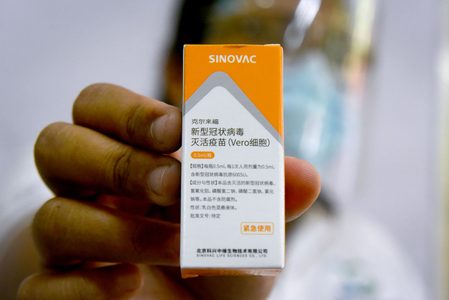
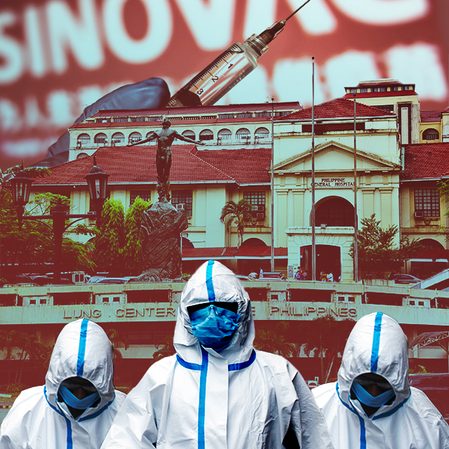


![[Time Trowel] Evolution and the sneakiness of COVID](https://www.rappler.com/tachyon/2024/02/tl-evolution-covid.jpg?resize=257%2C257&crop=455px%2C0px%2C1080px%2C1080px)



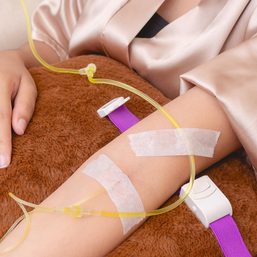
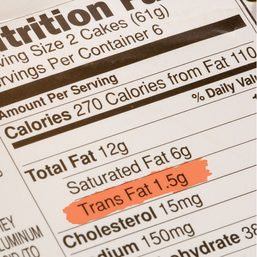
![[PANOORIN] Naku! Mag-ingat sa unregistered health products online!](https://www.rappler.com/tachyon/2023/05/fact-check-ls-3.jpg?resize=257%2C257&crop=283px%2C0px%2C720px%2C720px)
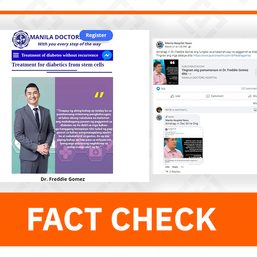
There are no comments yet. Add your comment to start the conversation.